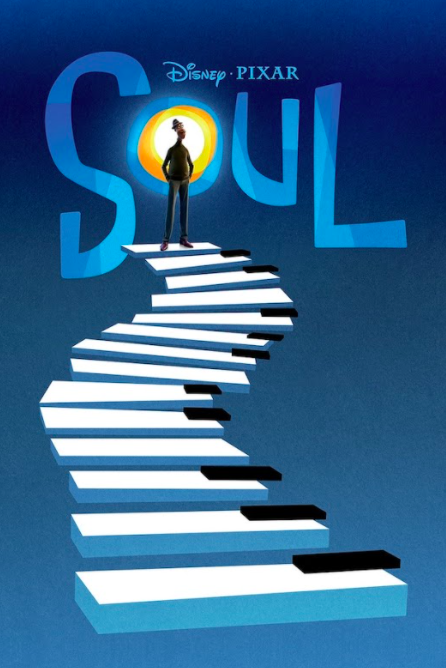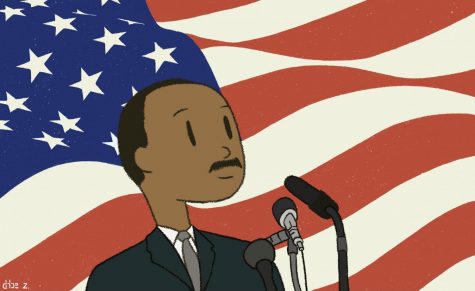Review of Soul
Toy Story, Inside Out, and Monsters Inc. are films most of us grew up watching, each movie title’s two words full of the magic Disney Pixar brought to us through the big screen. For some, the sparkles, fairy dust, and ball gowns aren’t as enchanting. All of Disney’s Pixar movies have touched upon different themes, from talking toys to talking cars, but they have consistently failed to portray one theme in particular. Disney’s unfortunate inability to diversify its media lies in the constant stripping of the humanity of their characters-of-color.
Following the harrowing deaths of George Floyd and Breonna Taylor, Disney has been pushed to satisfy their audiences with Black-led films. Despite its soaring ratings from famed movie critics, Rotten Tomatoes, and IMDb, the company’s new film Soul has received backlash for once again blundering cultural sensitivity. The movie is set in bustling New York City where protagonist Joe Gardner, a Black man, works part-time as a jazz teacher. After receiving a once-in-a-lifetime chance to work for the renowned musician, Dorothea Williams, he takes a pseudo-fatal fall into a pothole and is plunged into “The Great Beyond,” the film’s representation of the afterlife. From there, in a desperate attempt to find his way back to reality, he ventures into the “Great Before,” where preexistent souls are being prepared for their lives on Earth. During his journey, Joe’s form changes from a tall, gangly Black man to a bright blue orb and later a cat.
Here lies the controversy: an important part of Gardner’s identity as a Black person is taken away from him, and therefore Disney’s label of Black representation in the film is no longer applicable. The dehumanization of Black people is not a new concept in the entertainment industry; popularized in the 1840s, minstrel shows promoted the ideology that people of color were laughing stocks for white America. From there, the media’s biases and blatant ignorance when it comes to crafting non-white characters is palpable through the screen. MSNBC reported that most Black Americans believe that the media has the power to change their audience’s beliefs about African-Americans. When Disney changes their characters of color to non-human forms, it makes it hard for minority children to see themselves on the big screen. The problem is that white kids can turn on any animation from the company and see themselves, but their peers of color cannot.
This is not Disney’s first failure to truly diversify their animations. In The Princess and the Frog (2009), Tiana is a frog 57% of the time. Consequently, little Black girls will watch Disney Princess movies and never imagine themselves as fully human and be afraid to live up to their potential because it’s not what the world wants from them. It has been argued that this dehumanization has no relevance since Disney has made movies such as Inside Out and Toy Story, but the characters being white holds no importance to the storyline, whereas in The Princess and the Frog and Soul, their race and ethnicity is a major part of the film. Why was it so easy for Disney to accurately depict the segregation that Tiana experienced in the former, but could not keep her human for the whole movie? The same goes for Soul; if the experience Black Americans go through was an underlying theme of the movie, why do they take that very aspect away from Joe?
Disney has the ability to make well thought-out animations that accurately represent POC, but in all their attempts, they have not succeeded. It is only a matter of time before they start losing valued members of their audience.







